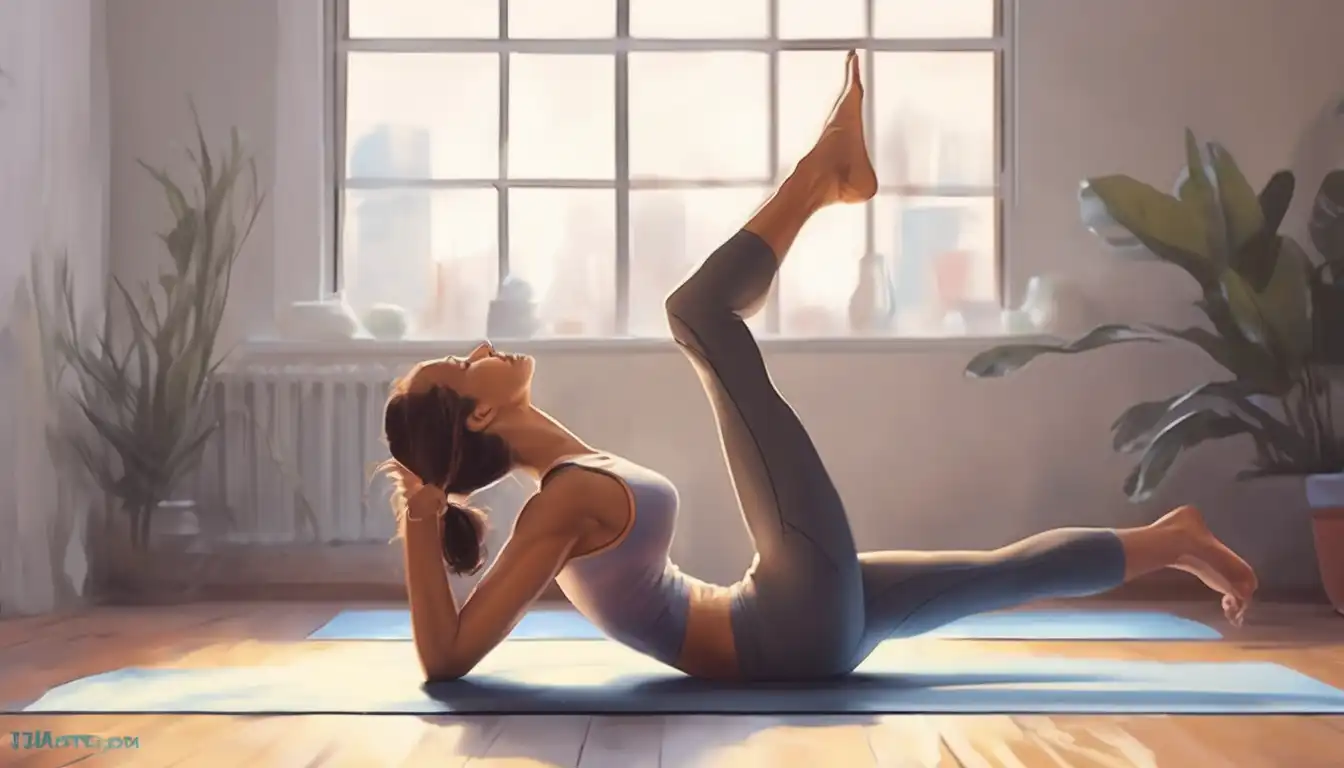Unlock Your Body's Potential: Essential Stretches for Flexibility and Relaxation
In today's fast-paced world, maintaining flexibility and finding moments of relaxation are more important than ever. Whether you're an athlete looking to improve performance, an office worker combating the effects of prolonged sitting, or someone simply seeking better overall well-being, incorporating regular stretching into your routine can transform your physical and mental health. This comprehensive guide will walk you through the most effective stretches designed to enhance your flexibility while promoting deep relaxation.
Why Flexibility and Relaxation Matter
Flexibility isn't just about being able to touch your toes—it's about maintaining joint health, preventing injuries, and improving your quality of movement. When combined with relaxation techniques, stretching becomes a powerful tool for stress reduction and mental clarity. Regular stretching can help alleviate muscle tension, improve circulation, and create a sense of calm that benefits both body and mind.
Essential Stretching Guidelines
Before diving into specific stretches, it's crucial to understand proper technique. Always warm up with light movement for 5-10 minutes before stretching. Hold each stretch for 15-30 seconds, breathing deeply and never pushing to the point of pain. Consistency is key—aim to stretch at least 3-4 times per week for optimal results.
Upper Body Stretches for Tension Relief
Neck and Shoulder Release
Begin by sitting or standing with good posture. Gently tilt your head to the right, bringing your ear toward your shoulder. Hold for 20 seconds, then repeat on the left side. For shoulders, roll them backward in circular motions, then interlace your fingers behind your back and gently lift your arms. These stretches are perfect for combating computer-related strain.
Chest Opener Stretch
Stand in a doorway with your arms bent at 90-degree angles, forearms resting on the door frame. Step forward gently until you feel a stretch across your chest. This counteracts the forward hunch many develop from daily activities. Hold for 25 seconds while taking deep breaths.
Core and Back Flexibility
Cat-Cow Stretch
Start on hands and knees. Inhale as you drop your belly, lifting your head and tailbone (Cow position). Exhale as you round your spine, tucking your chin to chest (Cat position). Flow between these positions for 10-15 repetitions. This dynamic stretch improves spinal mobility and relieves back tension.
Child's Pose
From hands and knees, sit back onto your heels and fold forward, resting your forehead on the floor with arms extended. This restorative pose stretches the back, hips, and shoulders while promoting deep relaxation. Hold for 30-60 seconds, focusing on your breath.
Lower Body Flexibility Boosters
Hamstring Stretch
Sit on the floor with one leg extended and the other bent with foot against inner thigh. Hinge forward from hips toward your extended foot. Keep your back straight rather than rounded. This stretch is essential for improving leg flexibility and preventing hamstring injuries.
Hip Flexor Lunge
Kneel on one knee with the other foot forward in a lunge position. Keep your front knee aligned over your ankle and gently push hips forward. This targets hip flexors that become tight from prolonged sitting. Hold for 25 seconds per side.
Butterfly Stretch
Sit with soles of feet together, knees falling outward. Hold your feet and gently press knees toward floor. This classic stretch improves hip mobility and groin flexibility. For deeper relaxation, fold forward while maintaining the position.
Full Body Integration Stretches
Standing Forward Fold
Stand with feet hip-width apart, hinge at hips and fold forward. Let your head hang heavy and bend knees slightly if needed. This inversion calms the nervous system while stretching hamstrings and back. Hold for 30 seconds, swaying gently side to side.
Supine Twist
Lie on your back, hug one knee to chest, then guide it across your body while keeping opposite shoulder grounded. This spinal twist releases tension throughout your back and promotes relaxation. Hold for 20 seconds per side.
Creating Your Stretching Routine
Combine these stretches into a 15-20 minute routine you can perform daily. Start with upper body moves, progress to core stretches, then focus on lower body. Always finish with relaxing poses like Child's Pose. Remember that consistency matters more than intensity—regular gentle stretching yields better long-term results than occasional intense sessions.
Breathing Techniques for Enhanced Relaxation
Pair each stretch with deep diaphragmatic breathing. Inhale through nose for 4 counts, hold for 2, exhale through mouth for 6 counts. This breathing pattern activates the parasympathetic nervous system, amplifying the relaxation benefits of your stretching practice.
When to Stretch for Maximum Benefit
While you can stretch any time, certain periods offer unique advantages. Morning stretching can energize you for the day ahead, while evening sessions help release accumulated tension. Many people find that combining stretching with other wellness practices creates powerful synergy for overall health improvement.
Progress Tracking and Safety Tips
Listen to your body and respect its limits. Use a journal to track your flexibility progress—note how stretches feel and any improvements in range of motion. If you experience sharp pain, stop immediately. For those with existing health conditions, consult a healthcare provider before beginning new stretching routines.
Incorporating these flexibility-enhancing stretches into your life can lead to remarkable improvements in how you move and feel. The combination of physical benefits with mental relaxation makes stretching one of the most accessible and effective wellness practices available. Start with just a few minutes daily and gradually build your practice—your body and mind will thank you for the investment in your long-term health and well-being.
